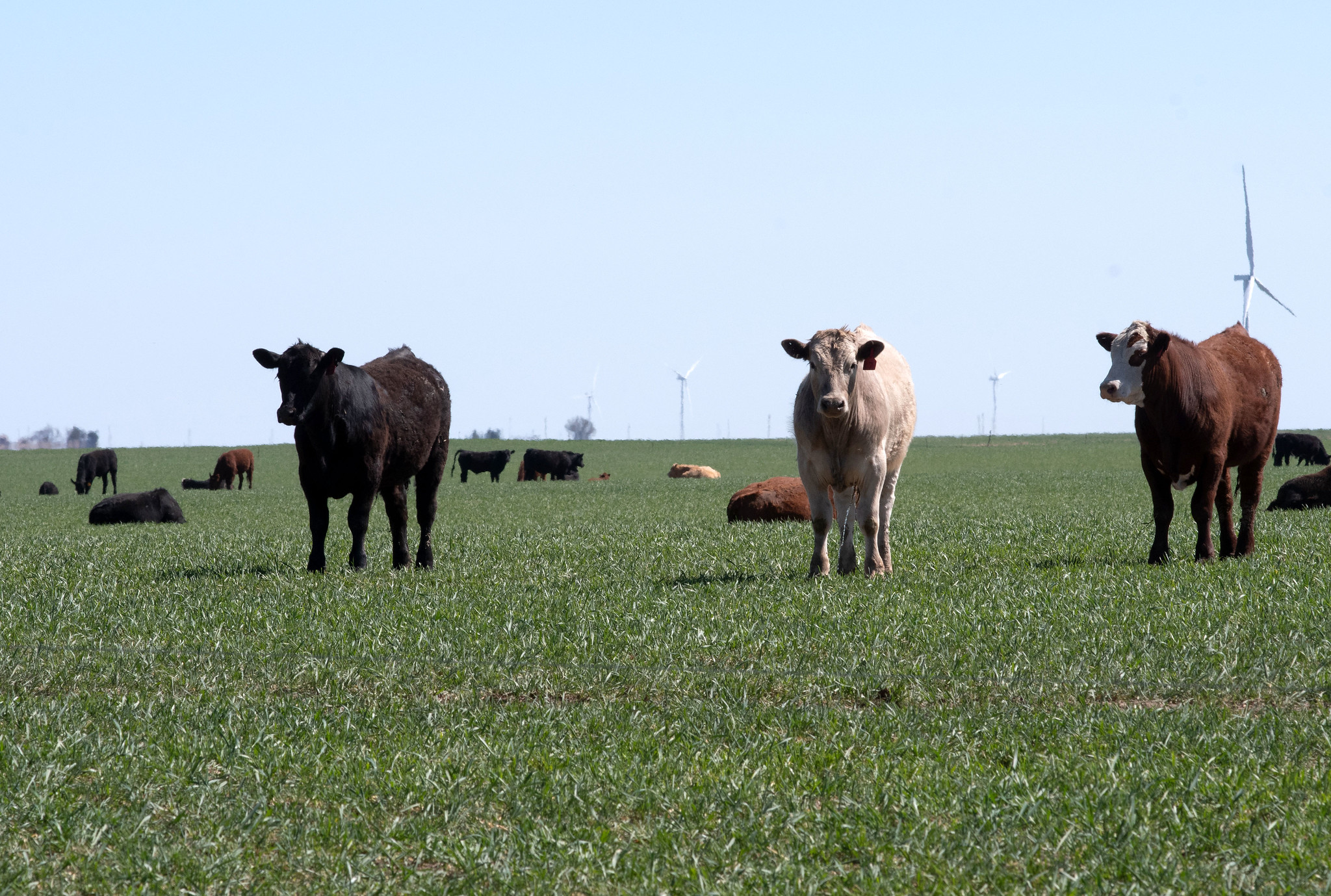K-State beef cattle nutritionist Phillip Lancaster offers advice on how to find the right grazing resource
Anyone who has worked with plants can share that some grow better than others in their environment, and that is also true of forages used for feeding beef cattle, K-State Beef Cattle Institute nutritionist Phillip Lancaster said.
Lancaster spoke about this topic on a recent Cattle Chat podcast when answering a question about how cattle producers can find the best forage for their operation.
“There are lots of different types of forages available and which option is best will depend on the needs of the operation,” Lancaster said.
He shared that cool-season annuals are planted in the fall and offer grazing in the late fall and early winter. Some examples are triticale, wheat and rye.
“With a cool season crop, the cattle can re-graze it in the spring or producers can keep the cattle out of the field and it can be cut for hay and used for forage,” Lancaster said.
The challenge with harvesting the cool season crop is the time of year that it needs to be cut for optimum forage quality.
“Those plants get to the seed head stage fast when it starts to warm up, so there is a short window of time to get them harvested,” Lancaster said.
Once the cool season forage is harvested, Lancaster said that some producers will follow with a planting of warm season crops like sudan, pearl millet, crabgrass or teff.
To find the best resource for the local area, Lancaster recommends reaching out to the local extension office.
“Your county agent will know what grows well in the area and can make recommendations on what crop will work best for your management system,” Lancaster said.
To hear the full discussion, listen to Cattle Chat on your preferred streaming platform.
PHOTO: Cattle grazing in a wheat pasture (Kansas State University Extension)




